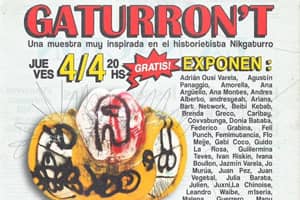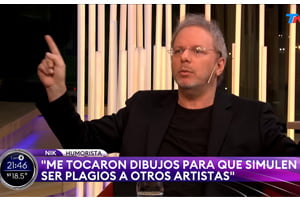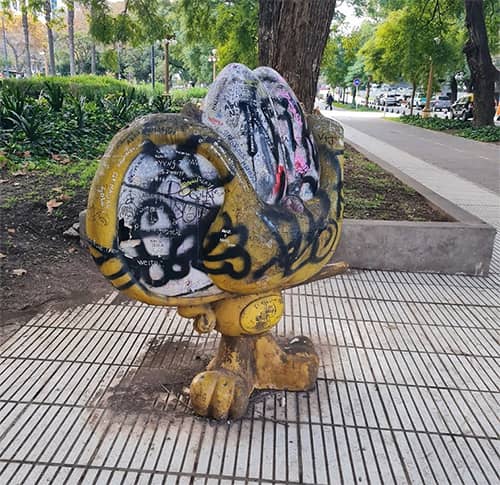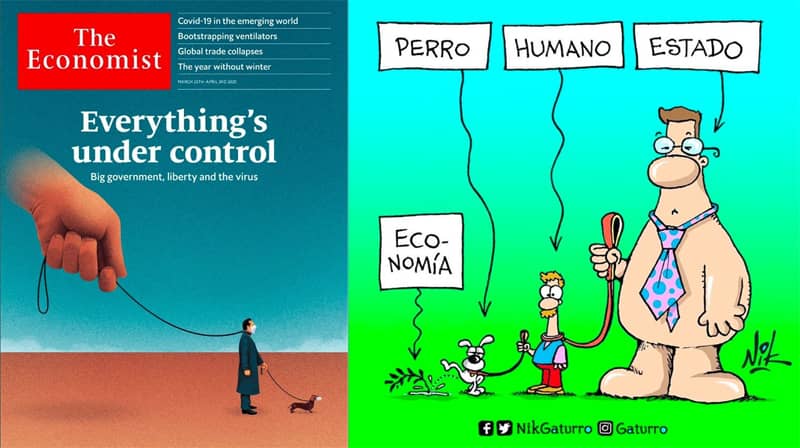Gaturron't, cartoons against Gaturro
There are things that are only possible in Argentina and Gaturron't is one of them. I think it's the first exhibition of its kind that I've seen and I'm almost certain that it's unprecedented in the world of graphic humour. It is the first thematic collective dedicated exclusively to a cartoonist and his







